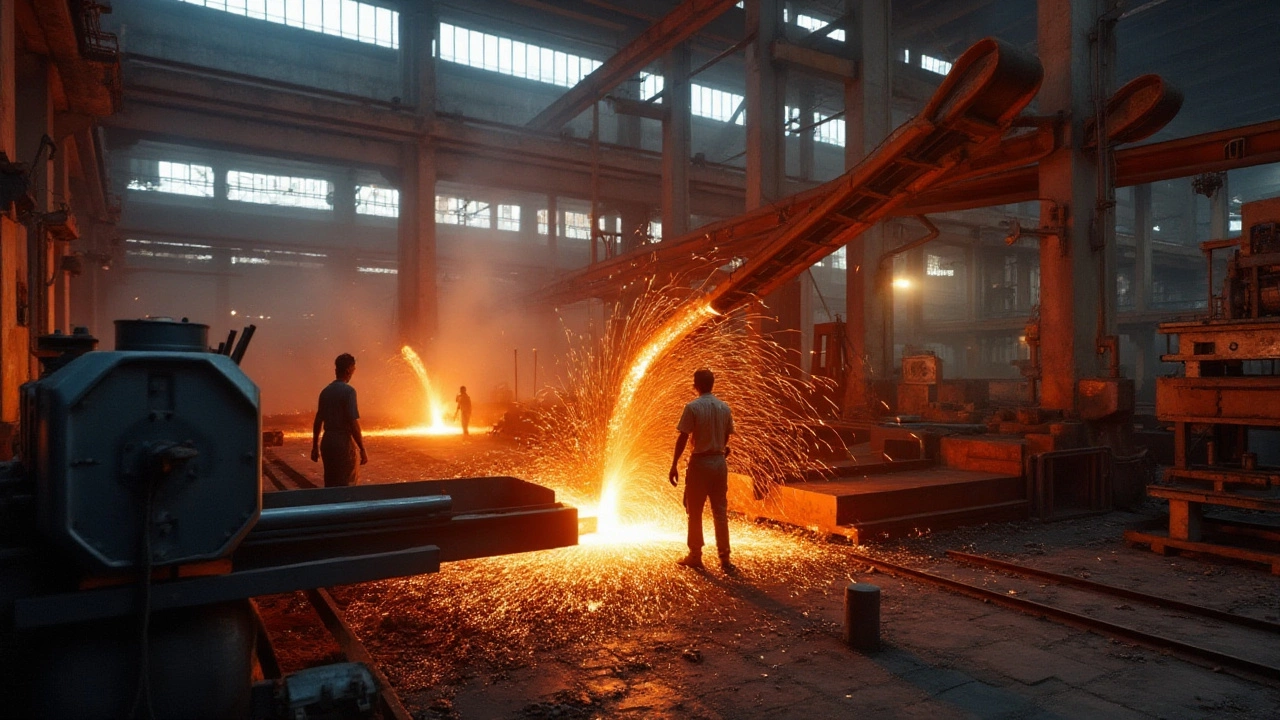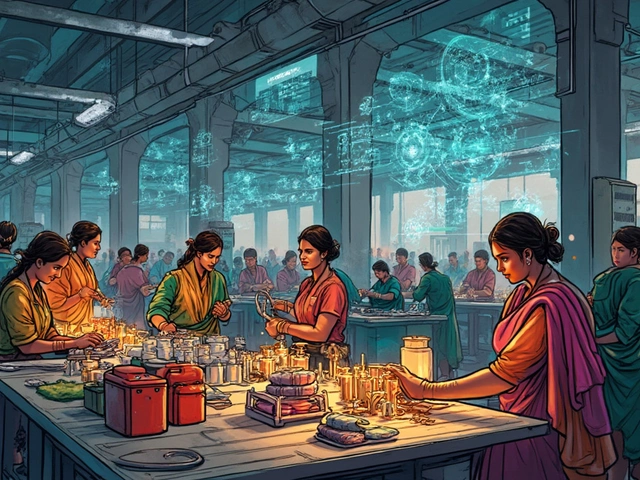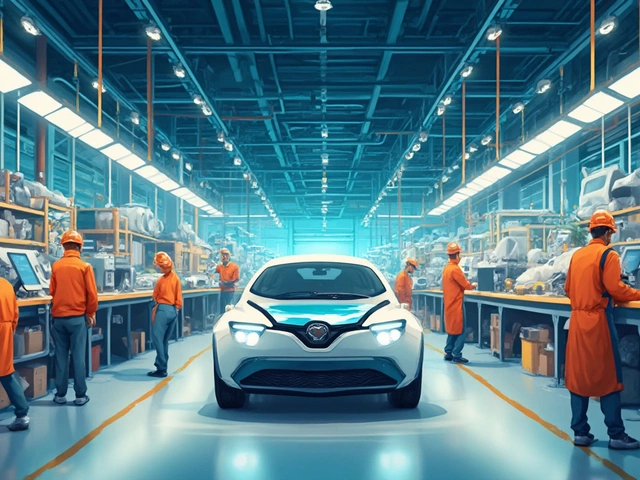Manufacturers: Trends, Sectors & Leading Players
When talking about Manufacturers, entities that produce goods on a large scale, from raw materials to finished products. Also known as makers, they form the backbone of industrial economies. manufacturers span countless industries, each with its own tech, regulations, and market forces. For example, pharmaceutical manufacturers, companies that develop and produce medicines for domestic and global markets keep health systems running, while textile manufacturers, businesses that turn fibers into fabrics, garments, and home décor drive fashion and export earnings. These sectors illustrate how manufacturers encompass a variety of sub‑topics and demand specialized skills.
Why manufacturers matter today
Manufacturers require efficient supply chains to stay competitive – a clear link between production and logistics. Local manufacturing, another key concept, influences regional employment and reduces carbon footprints, showing that manufacturing shapes both economies and the environment. The rise of electronics manufacturers in India highlights how policy, talent pools, and infrastructure converge to boost output, while automotive manufacturers illustrate the shift toward electric vehicles and smart factories. Each of these examples connects back to the central idea that manufacturing is not a single activity but a network of interrelated processes.
Readers will find detailed looks at how different manufacturer types operate, the challenges they face, and the innovations reshaping them. From the supply‑chain web behind IKEA furniture to the booming pharma scene led by companies like Sun Pharma, the collection below covers real‑world data, market rankings, and practical tips. Dive in to see which sectors are booming, where opportunities lie, and how manufacturers adapt to new technologies and regulations.

The steel industry is a backbone of global infrastructure—affecting everything from construction to consumer goods. This article explores the major players that dominate the steel manufacturing sector, examining historical trends, technological advancements, and environmental challenges. We analyze the production capacities of leading nations and companies, discuss emerging markets, and consider the impacts of geopolitical shifts. Learn about the dynamic landscape of the steel world, its evolution, and future trajectories. (Read More)







